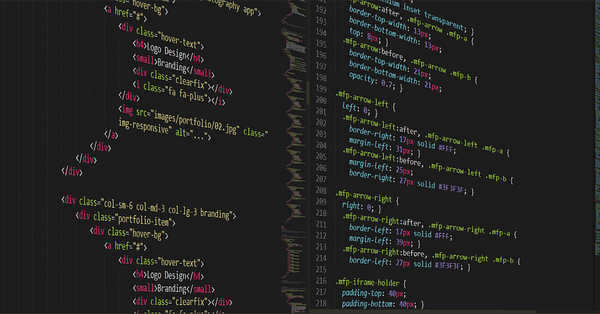Deanna Pecaski McLennan shows kindergarteners how to follow a coding algorithm at FDK LaSalle Public School in LaSalle, Ont., a bedroom community of Windsor.Lindsay Lauckner/the Globe and Mail
In her classroom in LaSalle, Ont., on a recent December morning, Deanna Pecaski McLennan’s kindergarten students are sprawled on the carpet to learn a new language they typically wouldn’t tackle until later in their schooling: computer coding.
For this particular lesson, students use arrow cards to move a wooden gingerbread man to the “STOP” sign along a large sheet of grid paper.
Along the way, they must outmanoeuvre the fox and other villainous characters from the fairy tale. To cross a river, the students have to create a “jump” code using a blank card to draw arrows pointing up.
It might look like a game, but what these little ones are also learning are the fundamentals of how to code. If they accidentally point an arrow in the wrong direction, Ms. Pecaski McLennan guides them in debugging the code to help the character move smoothly across the grid.
“What’s this?” asked five-year-old Ryan when he first arrived at class to find grid paper and arrow cards on his desk.
“Oh, it’s coding. I knew it!” he exclaimed before getting to work drawing a gingerbread man and then opening a glue stick to hold the arrows in place. Each of the kids coded individually at their desks before moving to the group task on the carpet.
To meet future job market demands, Ontario made changes this fall to its elementary science curriculum to include mandatory lessons on coding starting in Grade 1. (Coding is already included in the math curriculum.)
Nova Scotia and British Columbia also made computer programming compulsory at the elementary and high-school level.
Typically, coding is taught on computers with students telling the machine which action to perform or how to complete tasks. But Ms. Pecaski McLennan has taken it a step further in her classroom here at LaSalle Public School, located in a bedroom community of Windsor. She is not only introducing coding to the youngest learners but also showcasing how children can be taught these skills without a screen.
“A lot of people think kindergarten is just about play. It’s more than that. These kids are so capable of such rich, authentic layered learning,” she said.
Ms. Pecaski McLennan’s pupils sit around a large paper grid, part of an open coding lesson.
Ms. Pecaski McLennan has been teaching kindergarten for more than two decades. Long before coding became a buzz word, she grew interested in it when her daughter was eager to try ScratchJr., an app that teaches programming to kids, about eight years ago.
For her, coding is not only telling a machine what tasks to perform, but also equipping students with problem solving skills, spatial awareness and teaching them how …….
